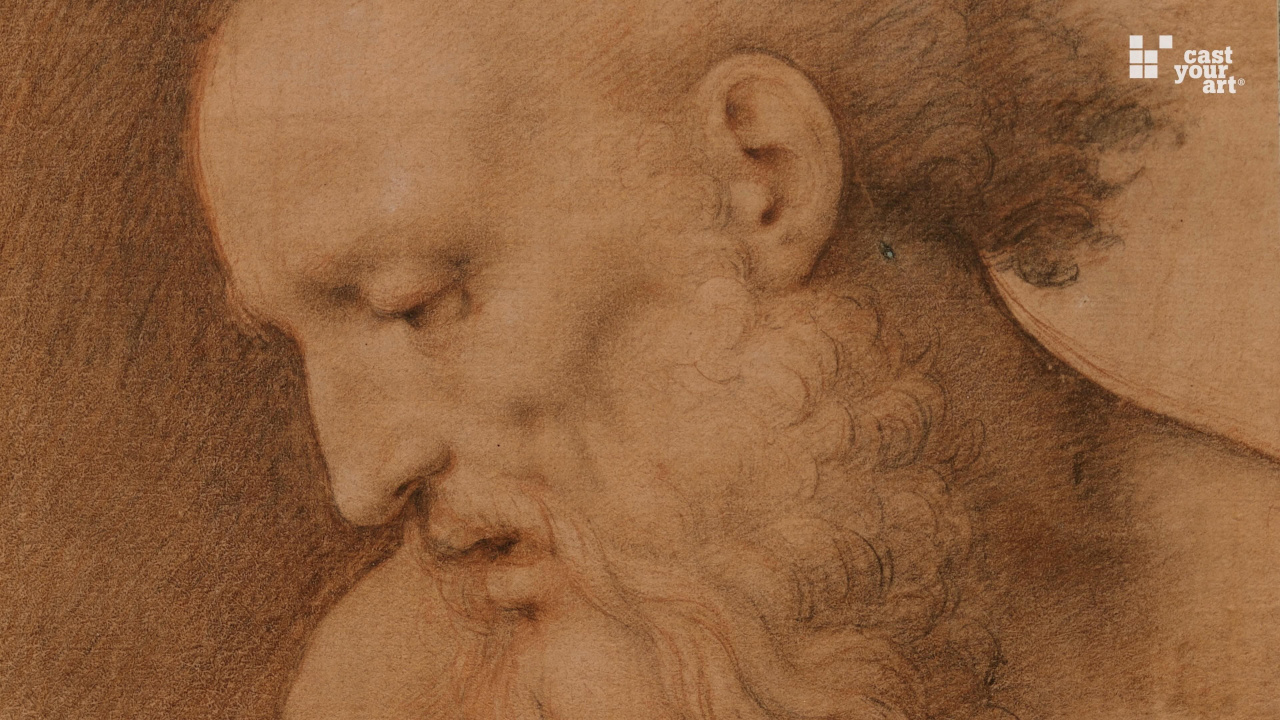Az W Gold - The Collection
On the occasion of the 20st anniversary of the Architekturzentrum Wien the new exhibition "Az W Gold", curated by Sonja Pisarik, Monika Platzer, Katrin Stingl and Ute Waditschatka, directs a spotlight on the previously unknown Az W collection. From March 21. till July 22. 2013 design drawings, plans, sketch books, photos and models will be on display to document Austrian architectural history. An exhibition portrait by CastYourArt.
In the exhibition, a comprehensive insight into examples out of the archive with its more than 500 models gives an idea on how architecture was conceived and produced. As an Austrian institution that feels responsible for the history of architecture and collects architecture, the Az W is a location for reflection about public space and the architecture configuring it – including reflexion about the context of the institution itself, as well as about forms of organizing our environment.
Public space as area of social interaction and expression of community – artistic and scientific research has been manifold, identifying the conflict zones as well as the ones of negotiation.
In this sense the exhibition joins together different approaches of research: art history, history of architecture, and also the artistic practice that produced those drafts, project designs and models. Behind the displayed works, intersecting issues within the local context of contemporary architecture, art and curatorship join together disciplines, expanding the limits of curatorship towards research.
The reflexion on unaccomplished projects and submissions to competitions allows us to recover some stages of architectural history in order to retrace them as connecting links in the continuity of progress. Here we find a raison d’être of the research on architecture projects, which is not yet completely defined as a branch of research. The stages of every research require various elements: a hypothesis, field- or archive research, the conclusions and their communication. How is this in the case of architecture?
There are areas of research where analogies are readily identifiable, sciences where nobody doubts that there are innovations owing to new techniques or materials – but there has never been such clarity in research on architecture projects, the construction of public space, use of buildings and the configurations of localities.
Therefore architecture competitions and project presentations remain one of the branches of research that still await recognition as a subject of research as well as a specific space for discussion of architecture.
The exhibition provides an interesting insight behind the scenes of archiving, a glimpse on the bequests as well as on the necessary processing tools. Besides the actual, constructed architecture, architectural theory is another focus of the collection.
There are two different modes of existence for architecture, which is valid for archivists as well as for architects: as a constructed artefact and/or as a represented artefact – permitting the collection, archiving and ultimately the protection of architecture. Constructed architecture is exposed to the forces of decay and the general dynamics of temporality, there are always more dimensions involved than in the original conceptual design. When the implemented building has left the architect’s drawing room, it is no more the result of unaltered individual inspiration but of various social and personal influencing forces. (written by Cem Angeli)
Das könnte Sie auch interessieren

Thomas Hirschhorn - The Eye
23. July 2008
VALIE EXPORT. Retrospektive
4. July 2023
LEONARDO – DÜRER. Drawings on Colored Ground. Part 3, On the Use of Paper
23. April 2025
Georgia O’Keeffe - A Retrospective at Bank Austria Kunstforum
10. January 2017
Lyonel Feininger and Alfred Kubin - A friendship of artists
16. September 2015
4shrooms - Analog Synergy in a Digital World
2. April 2008
Les Tardes Goldscheyder - Haiti Nuclear Radar
10. April 2013
